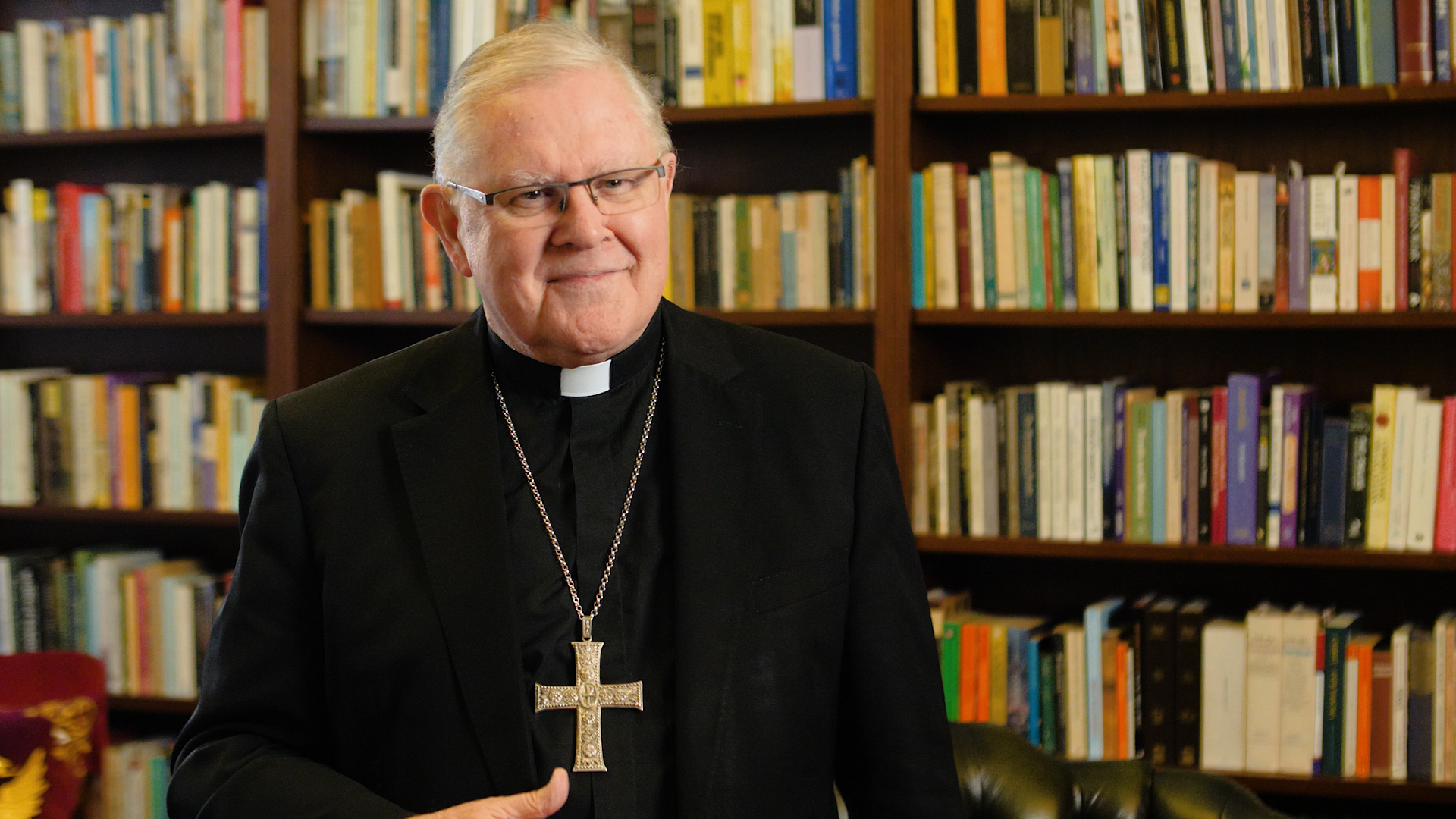Christianity can be described in many different ways. In the first of his Encyclical Letters, way back in 1979, the then new Pope John Paul II offered one remarkable description. He wrote that Christianity is not a religious system or even a religion in any conventional sense, but is rather an experience – an experience, he said, of encounter, encounter with the crucified and risen Christ. In this encounter, the Pope claimed, and only in this encounter, we come to see the full truth of who God really is and who we human beings really are. This vision of the full truth, the Pope writes, is an experience of amazement – and “the name for that deep amazement”, he says, “is the Gospel, the Good News. It is also called Christianity” (Redemptor Hominis, 10).
That’s why we hear in the Gospel that Peter, having run to the tomb and found it empty, “went back home, amazed at what had happened”. This isn’t yet the fulness of the amazement of which the Pope speaks, but it is the beginning. The fulness will come only once Peter encounters the Risen Lord.
When the women tell their story of going to the tomb, finding it empty and encountering the two messengers in brilliant clothes who speak of resurrection, it seems to the Apostles “pure nonsense”; and who can blame them for that? Their journey from thinking that it’s pure nonsense to the experience of deep amazement will be a journey out of an old world with its old logic which says resurrection is impossible into a new world with its new logic which says that resurrection has happened and is at the heart of all things – always was, always is. Pope Francis makes the point:
Christ’s resurrection (he writes) is not an event of the past; it contains a vital power which has permeated this world. Where all seems to be dead, signs of the resurrection suddenly spring up. It is an irresistible force. Often it seems that God does not exist: all around us we see persistent injustice, evil, indifference and cruelty. But in the midst of darkness something new always springs to life and sooner or later produces fruit. However dark things are, goodness always re-emerges and spreads. Each day in our world beauty is born anew, it rises transformed through the storms of history; and human beings have risen time after time from situations that seemed doomed (Evangelii Gaudium, 276).
We are told that the women go to the tomb at dawn – and the dawn is more than physical, just as the darkness which first descended with Judas’ betrayal, then shrouded the dark mountain of Calvary and filled the tomb of Jesus was more than physical. The darkness is powerfully symbolic, and so too is the light which comes with the dawn. Once Peter sees the empty tomb and the amazement begins to take hold of him, the new world with its new logic dawns in him and among the Apostles. This is the new world and the new logic of Easter, the revolution of resurrection, which is the very heart of the Church.
The messengers ask the women, “Why look among the dead for someone who is alive?” As long as the disciples remain locked in the old world with its old logic they will always look for Jesus among the dead: after all, they had seen him die and they had seen him laid in the tomb, with the stone at the tomb’s entrance seeming a cosmic full stop. To find Jesus, to encounter him, they must leave the old world with its old logic of death; only then will they enter into that experience of deep amazement which is the Good News, which is Christianity.
What is true of them is also true of us. We can end up looking for Jesus but in the wrong place. We can look for him among the dead, as a figure of the past who left us wise teachings to be accepted or powerful moral examples to be imitated. But if we look only for a teacher or a moral exemplar from the past, we will never encounter the Risen Lord here and now, and Christianity will be no more than a pale moralism or a vapid form of self-improvement. That’s what we end up with if we stay locked in the old world with its old logic; and what we end up with is anything but amazing, which is exactly how many people see Christianity.
So on this Easter day we look for Jesus who comes to meet us as we come looking for him. We may begin by looking for him among the dead, but hearing the word of the heavenly messengers, “He is not here; he is risen”, we turn and look for him among the living. That’s when he comes to meet us; and in that moment of encounter the amazement that dawned when we first saw the empty tomb and heard of resurrection comes to its fulness. We enter the glorious light of Easter morning where he stands before us, the firstborn from the dead, scars shining like the sun, the living proclamation that “the reign of darkness” (Luke 22:53) is at an end and the reign of God is now here. Amen.
